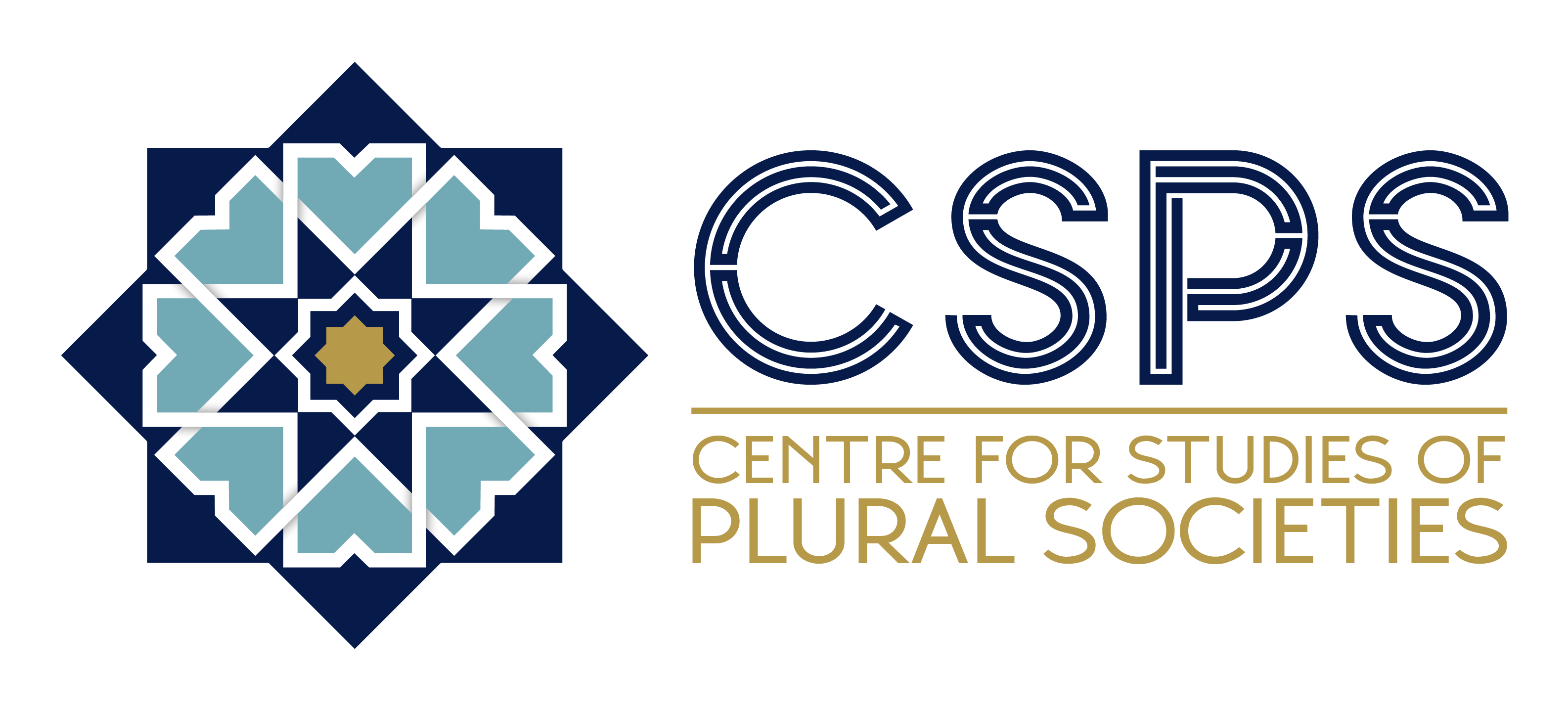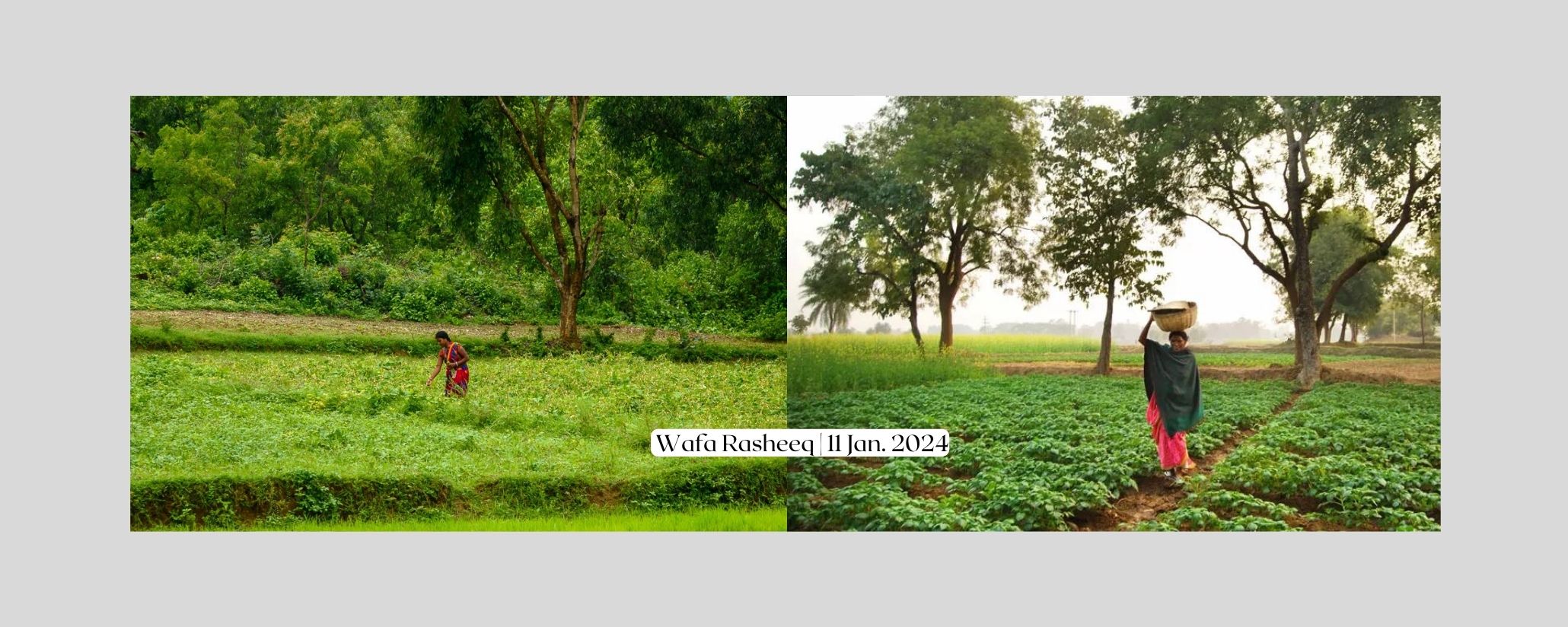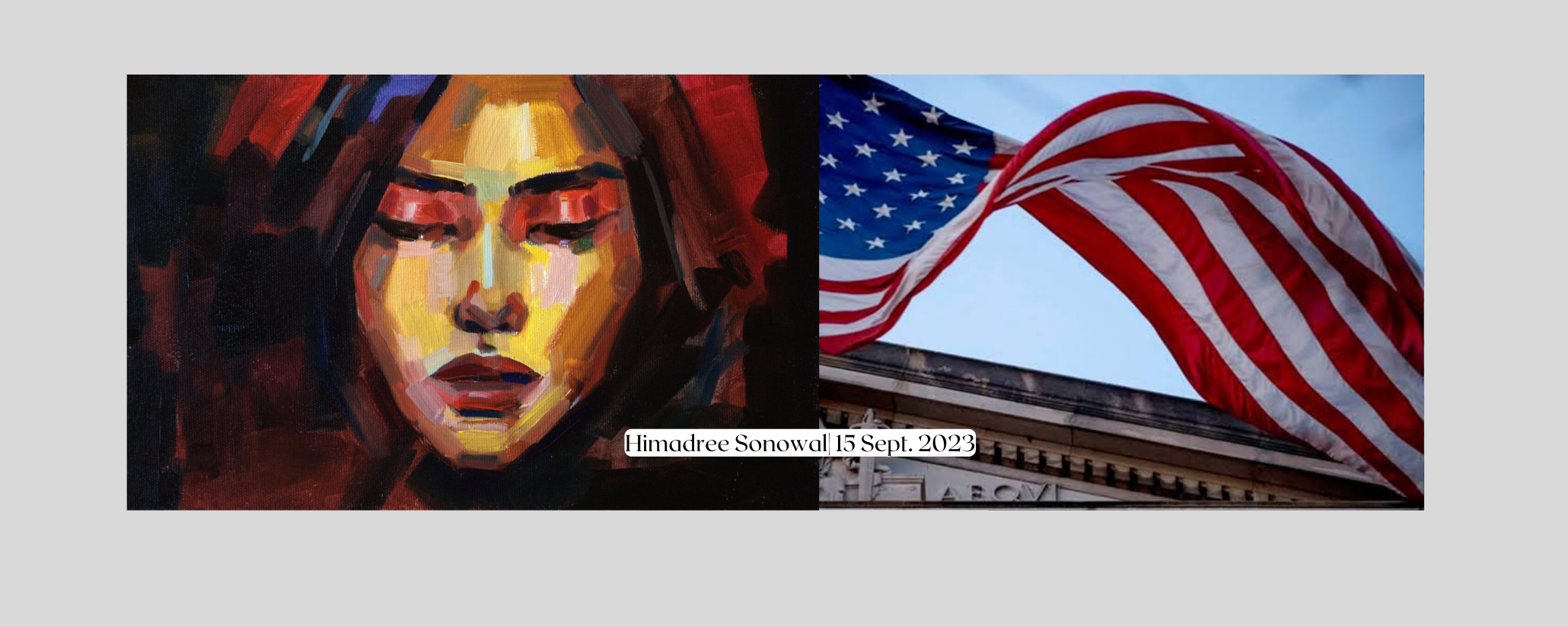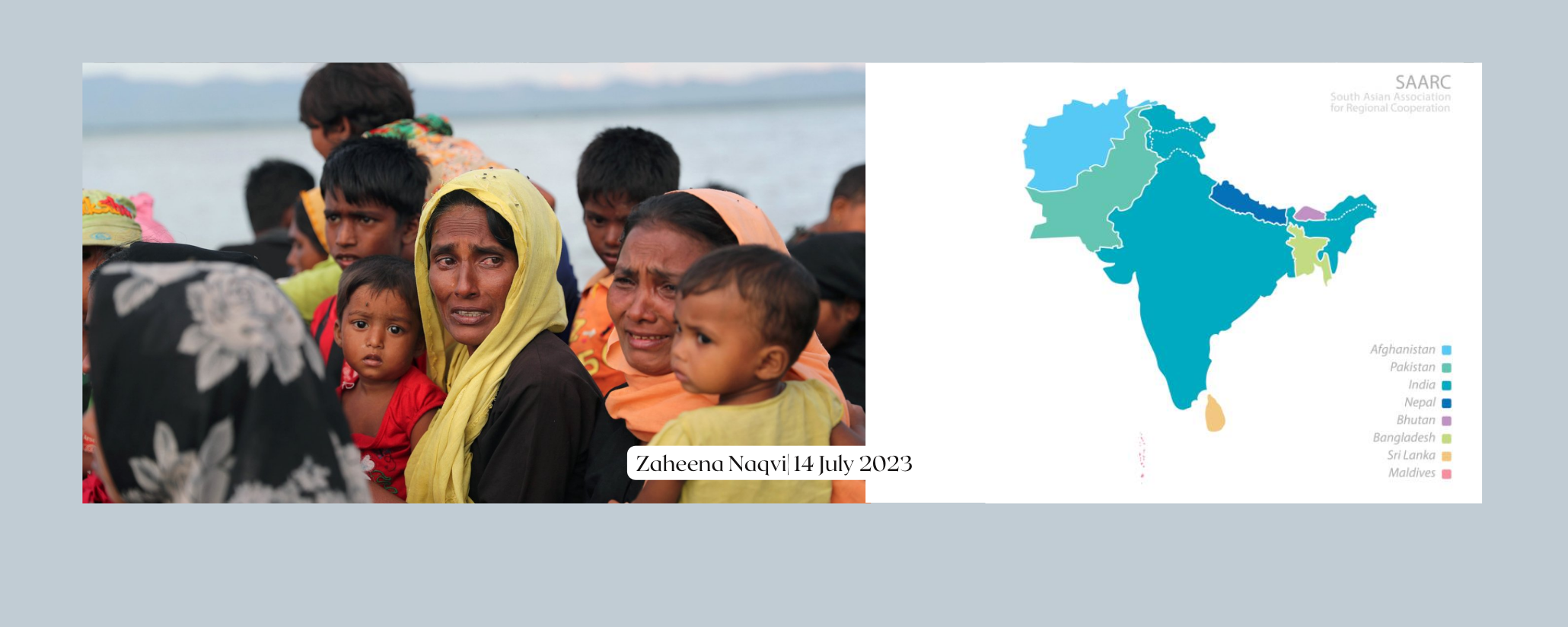Dr. Javed Wani & Dr. L David Lal
The ongoing COVID-19 pandemic has made the state visible in multiple ways. Three aspects, namely accountability, transparency and access (to the government), have become central to the discourse around the state, law, and citizenship. These rest on two core issues — representation and emergencies. The response of the government of India has laid bare the opaque mechanisms of governance in today’s world. It has outlined a peculiar effect of governance in the form of partisan communication between the media and government. This is made possible by alteration in law, its operations and processes, to suit the purposes of the state in the name of a contingency.
The first intervention of the state in public life was through the lockdown, depriving individuals, communities and populations routine access to free movement and resources. The contagion became the premise on which denial of basic human rights was legitimised. Soon the nature of the contagion changed. The figure of the Tablighi emerged as the new contagion and was held responsible for mass “unauthorised” gatherings that defied “civic sense” and threatened “national security”. The discourse soon shifted from chaos to frenzy. Pictures and videos of individuals dragged out of their houses, pushed into ambulances or police vans, intensified the fear psychosis created by the contagion.
The second issue concerns resources and infrastructure. The pandemic exposed the lack of resourcefulness of the government and its various institutions whether it was the unavailability of sufficient healthcare spaces, lack of basic equipment for healthcare professionals and supporting staff, or the lack of properly equipped laboratories capable of testing the samples. The government also could not regulate the market, which was flooded with overpriced and counterfeit masks and sanitisers. Not to mention the exorbitant amount charged by the private hospitals in the name of COVID-19 care.
With the arrival of COVID-19, lockdowns, earlier known in the context of conflict regions of Jammu and Kashmir and the Northeast, hit the mainland. Laws pertaining to essential services, instituting curfews, the Epidemic Diseases Act 1897 (EDA), National Disaster Management Act, 2005, (NDMA) and the National Security Act 1980 (NSA) were invoked to book the violators. Many have observed that the measures may not have been necessarily brought to fight the pandemic only. Pandemic became a pretext to kill democracy, representation and dissent. This was evident in the surreptitious way in which the anti-CAA protestors were booked under draconian laws and denied bail during the pandemic. Barricades, patrolling, arrests and lathi-charge became the everyday narrative of violence in India. Fines for not wearing masks became a novel offence.
Another important aspect of the lockdown was the rumour mill sustained by ill-informed WhatsApp forwards and the irresponsible sections of media. Based on a complex jingoistic narrative, the Tablighis in particular and Muslims in general, were held responsible for the quick spread of the contagion. From politicians to health workers to the principal of a medical college in Kanpur, a barrage of derogatory remarks against Tablighis was unleashed. In the process, the figure of the Muslim became the contagion. Unfortunately, very few questioned various Hindu mass gatherings in Orissa, Andhra Pradesh, and Uttar Pradesh. The government insisted on masked publics, however, the pandemic unmasked the government in many ways.
One must not ignore that the challenge of COVID-19 is not only a public health crisis, but it is also an economic crisis. The International Monetary Fund (IMF) has cut its projection of India’s economic growth to 1.9 per cent for the current financial year, the lowest since the 1991 balance of payments crisis. The recent data published by the Ministry of Statistics and Programme Implementation reveals that the Gross Domestic Product growth rate in India has contracted by 23.9 per cent and the country is amongst the worst affected. In no way is this the final number. Experts have warned that the situation might be worse when the estimates are revised with better data sets. At this moment, we know that the economy has contracted by 22.8 per cent in gross value-added terms. This appears to be the first instance of negative growth in India. Referring to COVID-19 and the lockdown, the government’s chief economic adviser attributed the deceleration in the economy to “exogenous factors”. One must ask at this point if there really is a serious dichotomy between the endogenous and exogenous factors. As pointed out by various financial experts, this decline is not caused by the pandemic alone. The decline was in the making for eight successive quarters in 2018-19 and 2019-20. The GDP growth declined every quarter from a high of 8.2 per cent to a low of 3.1 per cent. The crisis attributed to the pandemic was in the making for a while now. It exacerbated with the health crisis.
The worst sufferers have been the daily wage workers. The pandemic exposed the apathy of the government towards its migrant labourers. The 2011 Census on migrant labourers stated that around 41 million migrants migrate to other states in search of better living. COVID-19 rendered most of them without food, proper living space and above all unemployed. Unable to pay rents, they were soon out on the roads protesting against lockdown. Despite a proposal of the government to increase free food ration, the promise of a wage remained a distant dream. After severe criticism from various sections, the Ministry of Railways eventually arranged trains to transport migrants to their villages but charged them for tickets in their moment of despair. Their long and distressing journey home had numerous intervals of being held at checkpoints, subjected to inhuman treatment, detention at ill-prepared quarantine centres robbing them of their dignity and self-respect. The ill-preparedness of the central and state governments significantly contributed to the misery of the migrant labourers.
According to a report in The Indian Express, the National Crime Records Bureau (NCRB) categorising daily wagers under “Accidental Deaths and Suicides” shows that the number of suicides by daily wagers doubled from 15,735 in 2014 to 32,563 in 2019 (IE, September 6). The images and stories of labourers/workers walking hundreds and sometimes even thousands of kilometres on foot to reach their villages during the lockdown are unforgettable. The apathy of the state was quite evident here once again. Not to mention the setback to formal and informal businesses during the lockdown. The central government’s apathy continues by denying GST payments to states and has strained the Centre-state relations. If the economy has to recover, the state government’s distrust of the central government will have to be adequately addressed.
The NCRB data reported by The Indian Express has further highlighted the caste, class and gender divisions in the spectacle of death and destitution that the pandemic brought. It will be a stretch to say that the crisis is an act of God only. It is in reality, an act of greed and apathy that has become normalised as the principle of governance.
In the absence of a well-thought-out mechanism to handle the COVID-19 challenge, both health and economic, the government has resorted to emergency powers by trampling on democratic rights. The first casualty in this operation is responsibility and accountability towards citizens. By invoking and relying on emergency powers, the government has only revealed its vulnerability. The conduct of the police left much to be desired and the courts did not always come to the rescue of citizens. The pandemic may go away in some time, but the extent of access that it has granted the government to scrutinise the lives of its citizens is going to haunt Indian democracy for a long time.
The pandemic has rigidified various tendencies in public culture. A more identifiable tendency is that of putting up with restrictive measures, constant surveillance, marginalisation and abuse. We propose that crisis and culture have a symbiotic relationship here. The crisis is shaping the culture and the culture is impacting the crisis in turn.
Dr Javed Iqbal Wani is assistant professor at Ambedkar University Delhi; and Dr David Lal is assistant professor at Indian Institute of Information Technology-Guwahati. The article is republished from Indian Express.



